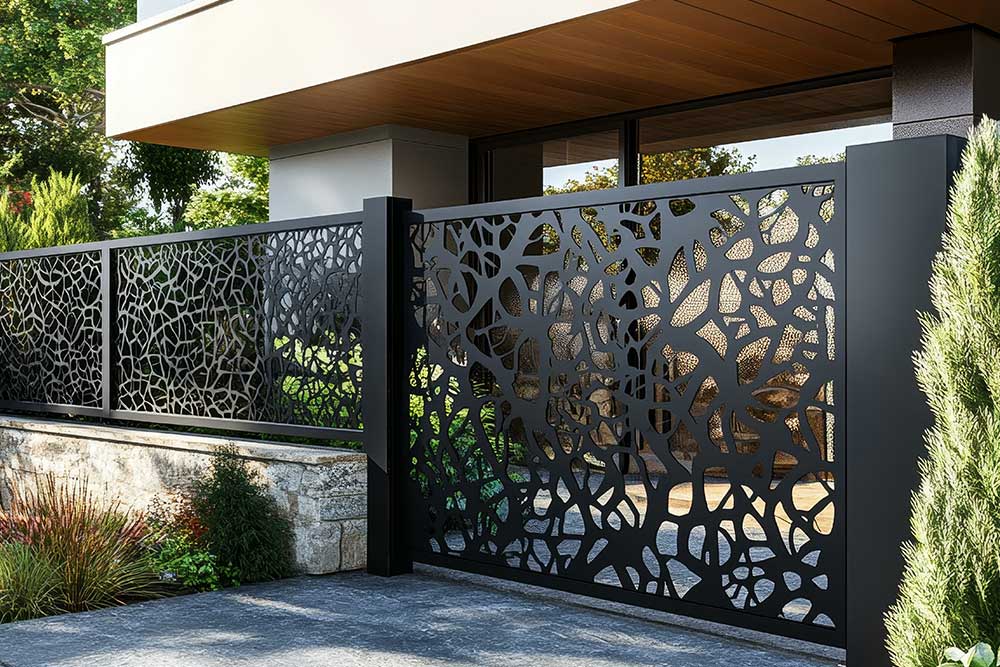Advantages of an MEP Design Back Office
MEP design service is a service offering the design drawings to the clients reprising the role of a consultant. The service is just not restricted to providing the drawings but is concerned with designing the building services, calculating what is required, ‘engineering’ a solution, selecting the appropriate equipment and then the output would be drawings along with the technical specifications. MEP, i.e. Mechanical, Electrical & Plumbing are the three disciplines of building design and construction, which require direct involvement and intervention of experts from the stage of design to execution and installation.
Designing MEP systems of a project involves multiple stages which need to be followed for ensuring appropriate and complete MEP design for the project. Each of these stages relate to a part of the design process. The design process can further be divided into following stages, i.e. concept, schematic, design development, tender and construction. The Concept stage comprises of 10% of the MEP design process wherein a project brief from the client including the overall MEP/FP design scope, project size, type of occupancy, etc. is taken. A site survey is also undertaken with existing site drawings in addition to the discussion with client technical team on prevailing MEP/FP infrastructure, if any. Preliminary architectural layouts are also obtained from the client.
Schematic forms the second stage in MEP design workflow where local and national codes applicable to the project plus requirements of the local fire department are required. Interpreting the codes and standards appropriately which need to be used on the project is the work of the outsourcing partner. The company should be aware of the fact that some aspects of design will be different as per the norms in the country and in some cases even as per the state. After this, the offshore partner must ensure proper understanding of client/architect requirements and execute load calculations as per local requirements. Design development is the next stage in MEP design process wherein the partner gets the entire essential information from client/architect for producing the essential design drawings. He also clearly communicates and coordinates with the client/architect on the expected/proposed drawings at this stage.
The next stage comprises of Tender wherein the final and approved design drawings are taken from the client, review and analysis of contractor based on their technical and commercial bid submission is done. Coordination with a local consultant is also required. Construction forms to be the last stage in the MEP design process. Here there is submission of construction drawings and any client/architect post tender modifications. The partner then reviews and confirms from the client for the changes. Having an offshore partner for MEP design process always help as there are many advantages associated with. Some of them are listed below:
• It saves cost and time for the client
• The offshore partner is a one stop solution for all the services if the client prefers, i.e. MEP design, MEP coordination drawings, drafting, etc.
• Outsourcing the MEP design project will provide a better result for the consultant as more manpower will be involved in the project in the partner country as compared to his country thus resulting in completion of the project on time. Also, more importantly they have additional design engineering resources that let them take on more projects thus being more cost effective.
Having an MEP design back office has its own merits wherein one can even opt for other provisions such as MEP CAD outsourcing services on the same platform thus saving the all-important time and money.






